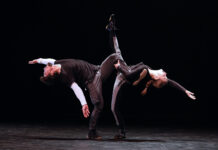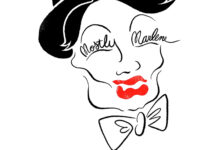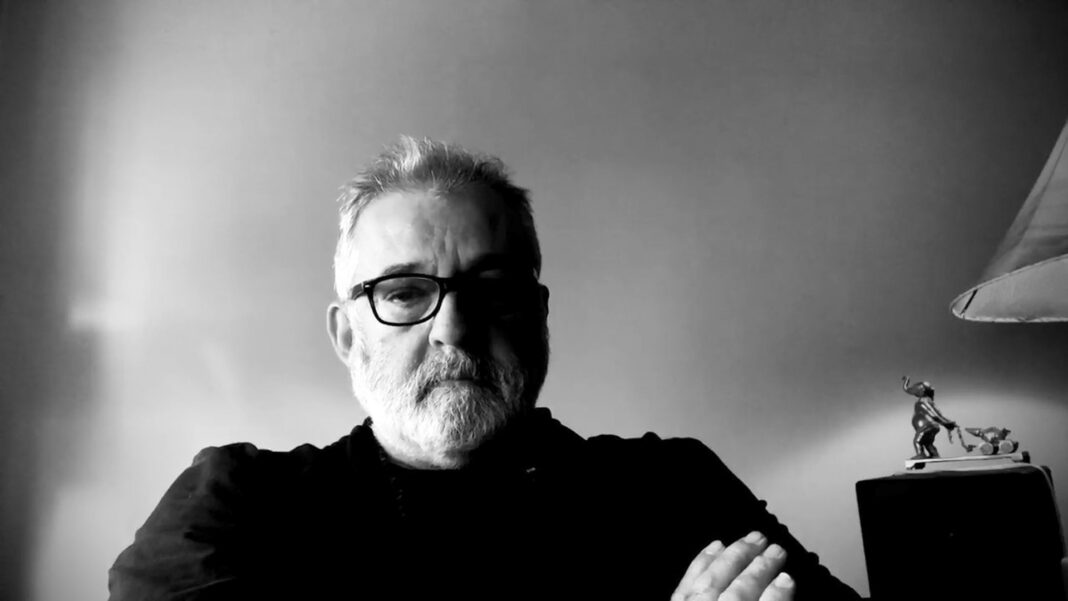“It’s wonderful that this music is still fresh and new and old and ubiquitous and missing in action. It’s like you know or you don’t. Like folk music – like no one ever wrote it or you know every single bit that Mr. Bacharach and Mr. David did together.” That’s choreographer Mark Morris and, of course, the misters that he’s mentioning are composer Burt Bacharach and lyricist Hal David.
Who are they you ask? If you recognize any of these song titles you know their work: Alfie, (They Long to Be) Close to You, Do You Know the Way to San Jose, I’ll Never Fall in Love Again, I Say a Little Prayer, Raindrops Keep Fallin’ on My Head, This Guy’s In Love with You, Walk on By, What the Wold Needs Now and The Look of Love.
The last song was written for the 1967 film Casino Royale. It earned Bacharach and David an Academy Award nomination. They didn’t win, but just three years later they did win the Oscar for Best Song for Raindrops which was featured in the film Butch Cassidy and the Sundance Kid.
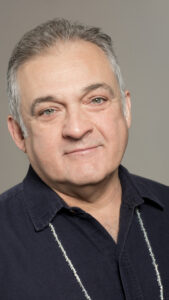
Mark Morris, the innovative choreographer known as much for his outrageous statements as for his work, has created a new dance work centered around the work of these two legends. The Look of Love will have its world premiere this week at the BroadStage in Santa Monica (October 20th – 23rd). From there the show will travel to the Kennedy Center in Washington, D.C. (October 26th-29th) and Gogue Performing Arts Center at Auburn University in Alabama (November 8th) before the end of the year. The show will resume performances next year in multiple venues.
Last week I spoke via Zoom with the never self-censored Morris about this music, the work (and he was still working on it a week before its premiere) and if any of his work or his career has turned out the way he expected. What follows are excerpts that have been edited for length and clarity.
What was Bacharach’s response when you first reached out about creating The Look of Love?
I was getting ready to ask a whole bunch of questions and then he answered them: Be sure this isn’t boring. Have you thought of doing medleys, changing some of the tempi or male or female singers or include some other changes? It was basically almost a sort of carte blanche kind of thing. He said what about this? Well thank you those were all my questions. That will be all Mr. Bacharach. So it was really great.
What would you tell people is the reason to take interest in the music of Burt Bacharach, particularly if they don’t already know it?
In one sense, I couldn’t care less. Listen to whatever the hell you want. But also I would slip in listen to this. I’m not trying to convert people to the church of Burt Bacharach or anything because I’m not a member of that. I just love the music.
This comes up a lot because five years ago I did a piece that re-looked at and listened to music from Sergeant Pepper’s Lonely Hearts Club Band for a piece of an evening called Pepperland. Don’t worry fans or enemies of mine. I’m not just doing a trip down memory lane from when I was 11 years old. I don’t even remember that so it’s not that. I’m trying to turn on a whole new generation to this music of this very broad period.
This piece with Mr. Bacharach’s music, in its very purest form, is very direct and very, very moving. It’s all been written to be performed live. We’re not doing a really complicated examination of the work. It’s what a great song, let’s listen to this and have some music and dancing.
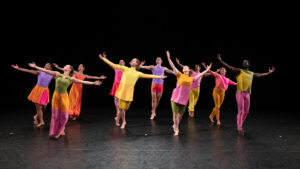
As someone who has known this material for a long time were there new discoveries that you made?
One thing that wasn’t much of a surprise is that these songs are hard to sing. [Marcy Harriell will be singing live with a band headed by Ethan Iverson] There are surprise shifts all the time. What people just hear as a sort of a modulation up toward the thrill, the payoff of the crescendo and the modulation to higher and higher until the big payoff at the end isn’t always true. Sometimes the bottom drops out or it goes another direction or goes chromatic or major and minor in the most wonderful [way]. Evident when you hear it, but surprising if you’re trying to make it up yourself.
What influence does that have on what you create and what you ask your dancers to do?
I’m always dealing with the idea of how much text I’m going to use. Are we dancing the words or is that redundant? We hear them. Do you have to also do them? The thing with opera it’s like you’re singing it, you’re saying it. There’s supertitles, the music is saying it. How many modes of translation do we need: words, rhythm, music, the people, the dancers themselves, how they move, who they are. And of course, I decide what the choreography is, but it’s based on many things: text, rhythm, harmony, orchestration, probably barometric pressure and audiences. It affects all of it.
As Burt and I warned each other, it’s not a jukebox show. It’s not get slightly drunk and sing along. Although you’re welcome to if you do it quietly. I didn’t want it to be, first of all, a mess, you know? I didn’t want it to be a name that tune kind of thing or a grocery store. Although I admire the company called Muzak as it was and as it is. I love that. But it’s the idea that you’re led from one thing to another, not trying to make a Mamma Mia story out of things that aren’t really a story.

You were quoted as having said “No dance has ever turned out the way I thought it would, because I trust enough that I can start something with some ideas and then it takes itself somewhere.” How does that concept apply not just to The Look of Love, but to your entire career?
I’m tempted to say ask me in ten days because I have eight services starting tomorrow where I have to finish it. That seems like a lot because I have a lot of it done. I just have to do a little bit of what do you call that plaster? A little bit of caulking on the seams of it. That’s the tricky part. I have almost all of it done. It’s just it has to snap in – the capstone has to drop in. And all of those metaphors aside, I never know what the hell’s going to happen.
I still don’t know what the very beginning and the very end of my piece are. A lot of the stuff in between I can change it. The people I work with are brilliant enough where I can say, remember that thing we did two weeks ago that started on the other leg and you weren’t in it? Let’s do that. I can do that and it’ll just take a couple of minutes for people to come up with the solution because they’re used to that. Iit’s always live music. It’s always live them. So it happens. It’s not democratic. I make up the dances, but they do it. So the sooner I can pass them on so it’s out of my hands, the more comfortable, meaning accurate and inhabited, the piece will be. So it’s not what I thought it was going to be and it won’t be what I think right now it’s going to be. But I have a hunch and that’s going to be working soon. As more of us collect in the room, the more it’s going to finish itself.

It’s been 42 years since you formed your own company. How much does what that company look like today mirror what you imagined it might have been in 1980 when you formed it?
Let’s see. Every model of person is different, but there are new models every year of people. I don’t know how that keeps happening, but they differ not just because they’re of different relations, but also times change. People change. I’m still very close friends…You know in the COVID period I spent more time on the phone – or whatever we call the phone – with my ancient friends. My earliest dancers are all in their sixties and seventies. They were mostly the women in my company from way back. We talk more than we have in years, these wonderful women and men too. That was wasn’t even memory lane. It was like, can you believe what’s going on? Of course my dancers are a third my age now, so that changes everything.
I didn’t visualize a company in my mind. When I started the company I was just making up dances. I didn’t know what that dance was going to look like in 1984 or whenever until I made it up. That’s still true. We do pieces in my repertory that are actively in repertory, pieces that are 40 years old still. Occasionally I like them and if I don’t like them, we won’t do them. I’ll make up a new one.
To see the full itinerary of Mark Morris Dance Group, please go here.
Main Photo: Mark Morris (Courtesy BroadStage)





